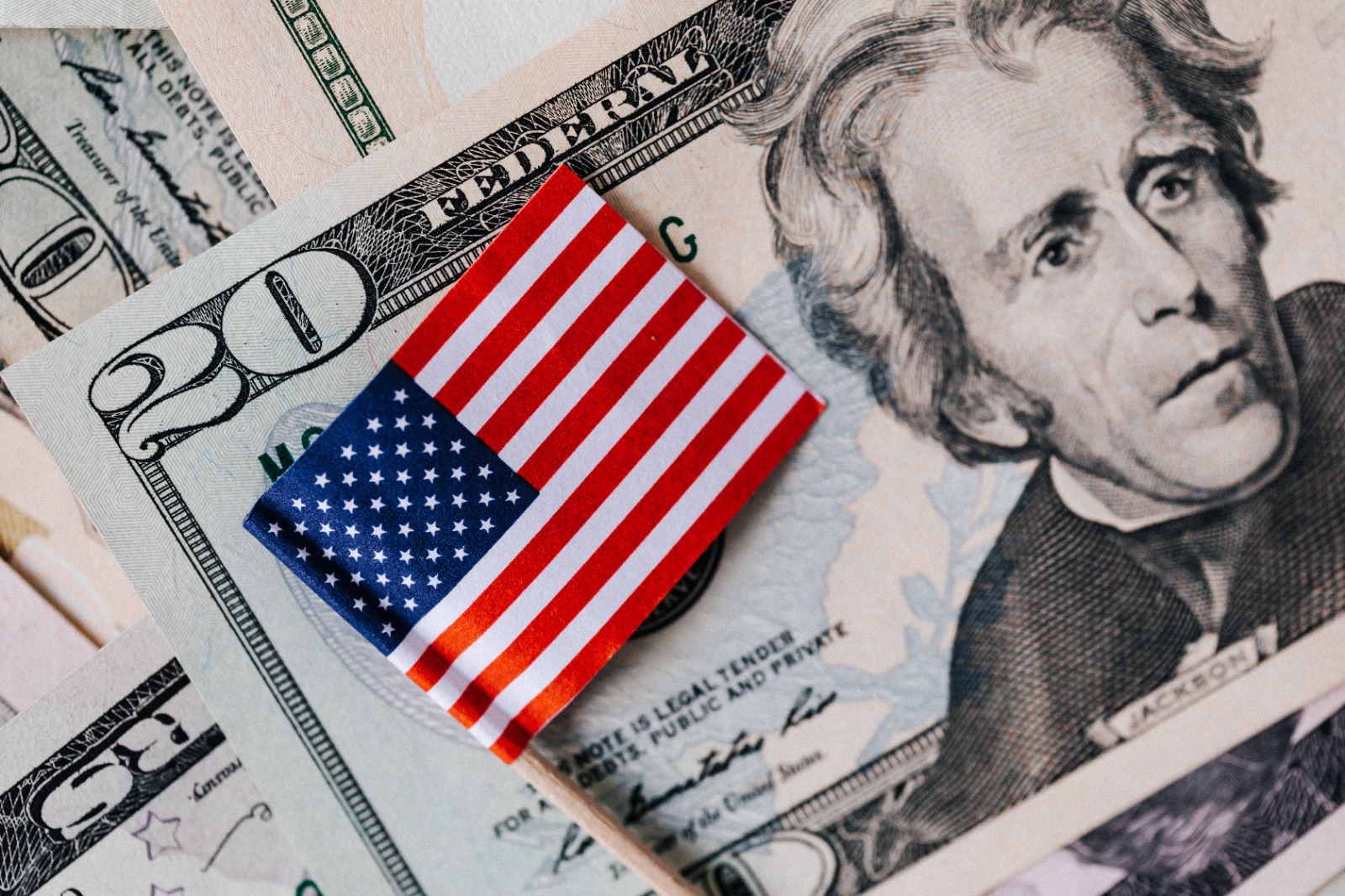Four Decades of Transformation in the US Banking Landscape: JPMorgan’s Latest Acquisition Sparks Debate”

“JPMorgan’s acquisition of First Republic Bank reflects the enduring consolidation in the US banking sector, provoking both acclaim and criticism from financial experts.”
The US banking landscape has been undergoing a profound transformation, as illustrated by JPMorgan Chase’s recent purchase of the struggling First Republic Bank. This acquisition is merely the latest chapter in a four-decade-long story of consolidation within the nation’s financial sector, a trend that has significantly reshaped the industry. This evolution is substantiated by data from the Federal Deposit Insurance Corporation (FDIC), an independent body established by the US Congress to ensure the stability and public trust in the country’s financial system.
In 1983, the United States boasted an astounding 14,469 commercial banks. However, this figure has dwindled significantly, plummeting to a mere 4,135 by the close of the previous year. Despite this reduction in the number of banks, the remaining institutions have expanded their footprint, operating 71,190 branches as of the end of 2022, compared to just over 40,000 in 1983, according to FDIC records.
JPMorgan’s acquisition of First Republic Bank serves as a testament to the ongoing consolidation trend within the US banking system, primarily driven by these banks’ heightened exposure to various economic sectors. The collapse of First Republic Bank, in particular, dealt a severe blow to depositor confidence, resulting in a mass withdrawal of over $100 billion in March, plunging the bank into a crisis.
This unfortunate event was preceded by the collapse of two mid-sized lenders, Silicon Valley Bank and Signature Bank, earlier in the same year, which triggered panic among their customers, leading to a similar exodus of savings. To rescue First Republic Bank, several of the nation’s largest banks joined forces in mid-March, injecting $30 billion in uninsured deposits. However, alarmed customers swiftly withdrew their hard-earned assets.
First Republic Bank’s financial results for the first quarter of 2023 revealed a substantial decline in total deposits, plummeting from $173.5 billion on March 9, the day before Silicon Valley Bank’s failure, to $74.4 billion.
During the announcement of the acquisition, JPMorgan Chase Chairman Jamie Dimon acknowledged that the US government had extended an invitation to JPMorgan and other banks to step up, and they willingly accepted. Under the terms of the agreement, JPMorgan will take over $92 billion in deposits, including $30 billion from large banks, including itself, which were part of the failed rescue attempt in mid-March. These deposits will either be repaid or eliminated upon the completion of the deal.
Despite garnering support, JPMorgan’s acquisition has not been immune to criticism. Dennis M. Kelleher, President and CEO of Better Markets, a non-profit organization dedicated to financial market reform, described the auction process as “time-pressured, panicky-looking, and biased.” He emphasized the need for fundamental reforms in the banking, legal, and regulatory systems.
Kelleher argued for a broader perspective in assessing the health and stability of the banking system and economy, beyond just monetary considerations, citing the risk of unhealthy consolidation, unfair competition, and an increase in too-big-to-fail banks. He advocated for regulators to have greater authority, better tools, and a comprehensive action plan to address the few dangerous banks when they encounter trouble.
Additionally, Kelleher called for stronger penalties for reckless bank executives, including clawing back executive compensation for a minimum of five years and a lifetime ban from the financial industry in cases of bank failure due to their actions. He also criticized the failure of the resolution process mandated by the 2010 Dodd-Frank law, known as living wills, emphasizing the need for regulators to ensure that banks’ resolution plans are effective when needed.






